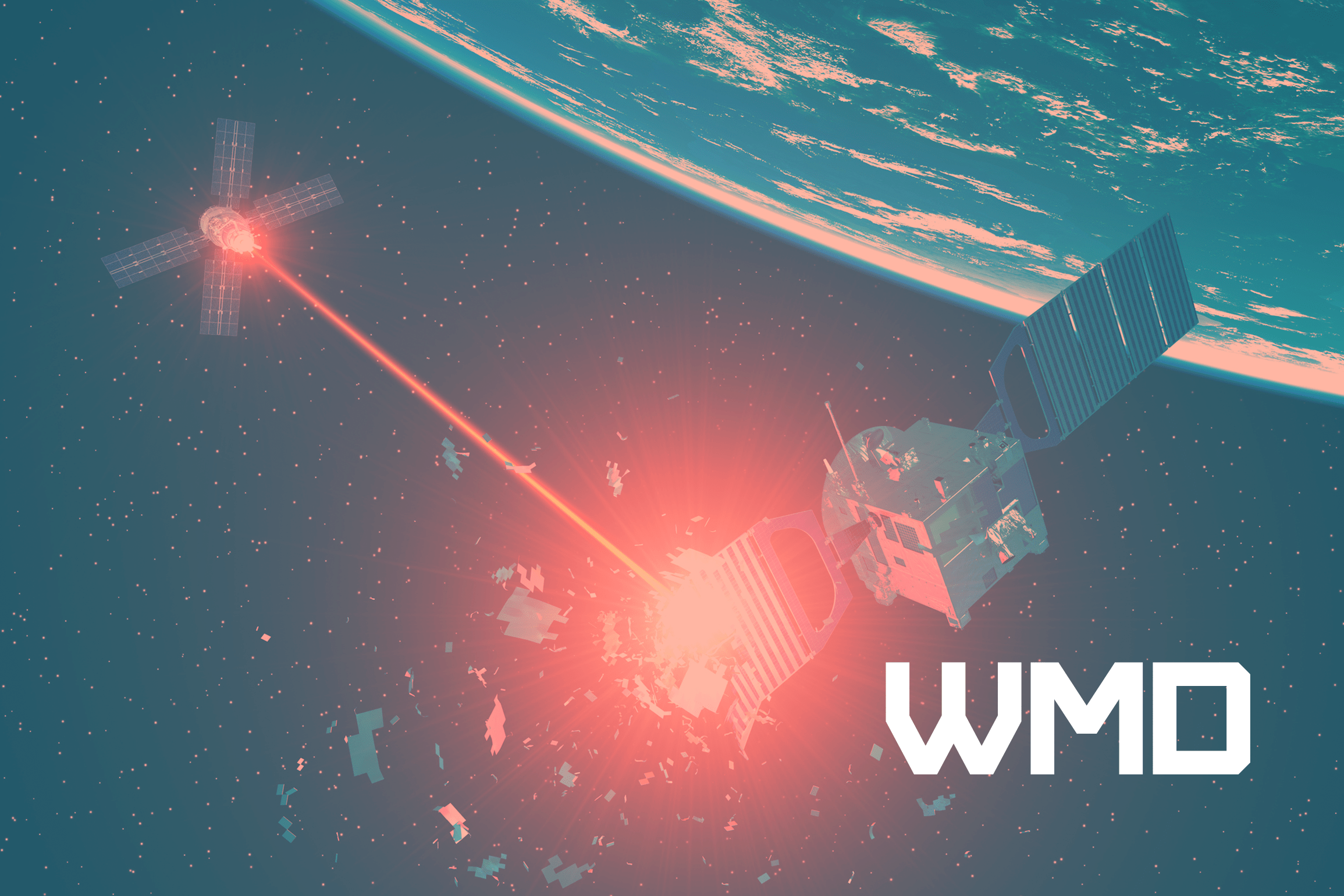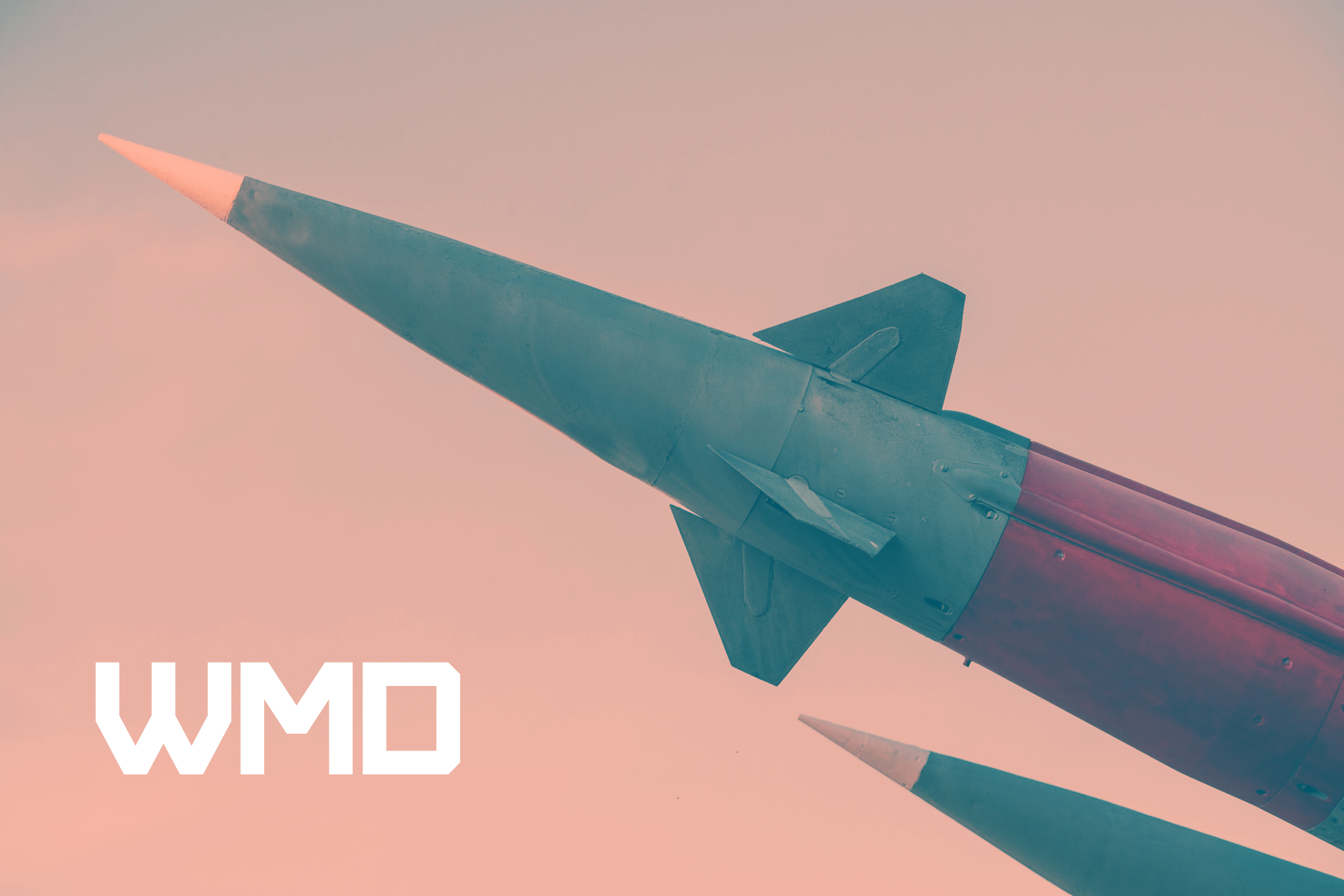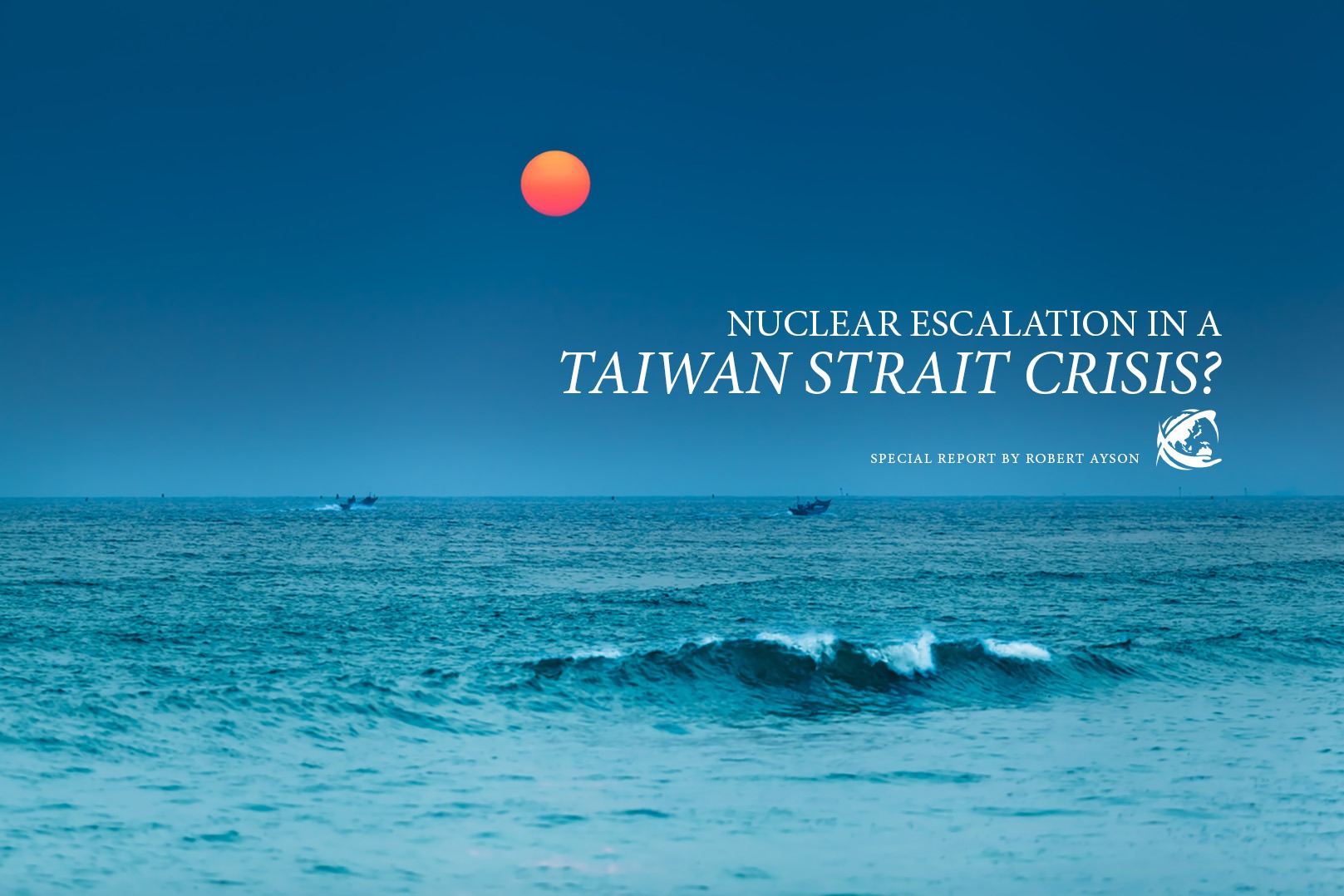Status of Existing and Emerging Asia-Pacific Space Powers Capabilities
Outer space looms as the next frontier of potential weapons proliferation. Countries in Asia are well on their way to developing the capabilities that would lay the groundwork for future conflict beyond Earth. It remains to be seen whether a host of tensions that mark relations among nations in the region will spill over into space.
In this Special Report for the Asia-Pacific Leadership Network (APLN) Dr. Namrata Goswami examines the space power capabilities of the major regional powers, and particularly those of China and India – the two big space powers in Asia – and their space capacities (civilian, military and commercial). It assesses the prospects of proliferation of space warfare capabilities, the institutional and legal regimes and constraints on space weaponization, worst-case militarization scenarios, and pathways for demilitarizing space.
Dr. Goswami argues that China, India, Japan, DPRK, Australia, and Pakistan are countries to watch for advances in space-capable weapons systems. China, India, and Japan in particular are major space-faring nations with independent capacities to launch into space, and ambitions for space settlement and space resource utilization.
Key findings include:
- China has one of the most ambitious space programs in the world, aiming to establish itself as a world leader in space by 2050 with an annual budget of approximately $8 billion for acquiring and improving its space capabilities. This includes plans to establish a permanent space station by 2022, a lunar research outpost by 2036, a Solar Power Satellite (SPS) transmission capacity by 2050 and a Lunar Exploration Program.
- India, like China, views space as part of its grand strategy as a tool to defend and expand its power with an independent space launch capacity, missions launched to the Moon and Mars, and an anti-satellite (ASAT) capability. India has invested in developing its military space capacities including setting up a Defense Space Agency as a separate space service in 2019 and calling for the establishment of a Defense Space Research Organization aimed at developing counter space and counter value capacities (attacking critical infrastructure).
- DPRK has not yet demonstrated anti-satellite capabilities but has developed jamming capacities which can be used to paralyse reconnaissance or communications satellites in the case of skirmishes with adversaries. Recent developing like the large-calibre multiple launch guided rocket system, demonstrated in 2019, point to DPRK’s potential for acquiring space weapons systems.
- In 2018, Japan’s then Prime Minister, Shinzo Abe called for Japan to develop military space capacities. Since then, Japan has been developing advanced radar systems, space situational awareness satellites and satellite interceptors. In 2020, the Space Domain Mission Unit (SDMU) was established within the Japan Air Self-Defense Force (JASDF). The pace of these developments are being driven by factors including tensions in the East China Sea and DPRK’s missile capabilities.
- Australia has recently established a space program and the Australian Space Agency has a roadmap till 2028 on securing Australian space assets.
- Pakistan is likely to utilize its relationship with China to develop its space capacity to deter and threaten its rival, India.
The author also argues that the space future which we need to anticipate, besides orbital presence and support for terrestrial military forces, is countries developing military power projection capacities beyond geostationary orbit (GEO) to cislunar space (the volume of space contained between the Earth’s surface and the Moon’s orbit). This is a realistic scenario given the United States, China, Russia, and Japan are aspiring to establish human presence on the lunar surface by 2040. This changes the dynamic of space and must be factored into assumptions of space behavior by Asia-Pacific space faring countries.
Click on the adjacent link to download the full report.
About the Author
Dr Namrata Goswami is an independent scholar on international relations, space policy, and conflict resolution. She has been a MINERVA grantee, a grant awarded by the Office of the Secretary of Defense MINERVA Initiative, supporting her project on exploring great power attitudes towards resource nationalism, territoriality, and expansionism in the space domain. She regularly consults for the NATO Partnership for Peace Consortium ‘Emerging Security Challenges Working Group’ and has been a senior analyst and subject matter expert with Wikistrat and the Futures Lab. Dr Goswami served as a Jennings Randolph Senior Fellow at the Congressionally Funded United States Institute of Peace (USIP) in Washington, DC, where she explored long-term India-China-US scenarios. She spent nearly a decade at India’s premier defense think tank, the MP-Institute for Defence Studies and Analyses (IDSA), New Delhi. In 2012-2013, Dr Goswami was awarded the Fulbright-Nehru Senior Fellowship supporting her work on China-India border conflict scenarios. She also received the “Executive Leadership Certificate” sponsored by the Harvard Kennedy School of Government, the National Defense University, Washington, DC, and the Asia Pacific Center for Security Studies, Hawaii in 2013. She has been a visiting fellow at the Peace Research Institute, Oslo, Norway, the La Trobe University, Melbourne, Australia and the University of Heidelberg, Germany. Her co-authored book titled, “Scramble for the Skies: The Great Power Competition to Control the Resources of Outer Space,” was published in October 2020 by Lexington Press, Roman and Littlfield.
This paper was presented to Weapons of Mass Destruction (WMD) in the Asia-Pacific Workshop, December 1-4, 2020, Asia Pacific Leadership Network for Nuclear Non-proliferation and Disarmament and is part of an upcoming edited volume from experts in the region titled “WMD in Asia Pacific: Trends and Prospects,” which is scheduled to be published later in 2021. The workshop was funded by the Asia Research Fund (Seoul).
Disclaimer: The views expressed in this report do not necessarily reflect the position of the Asia Pacific Leadership Network or any of its members.
Image: iStock



